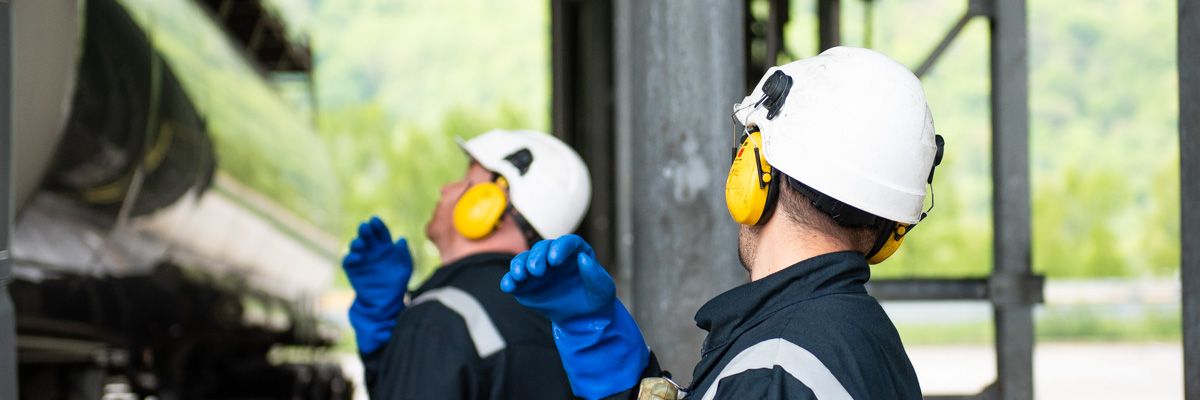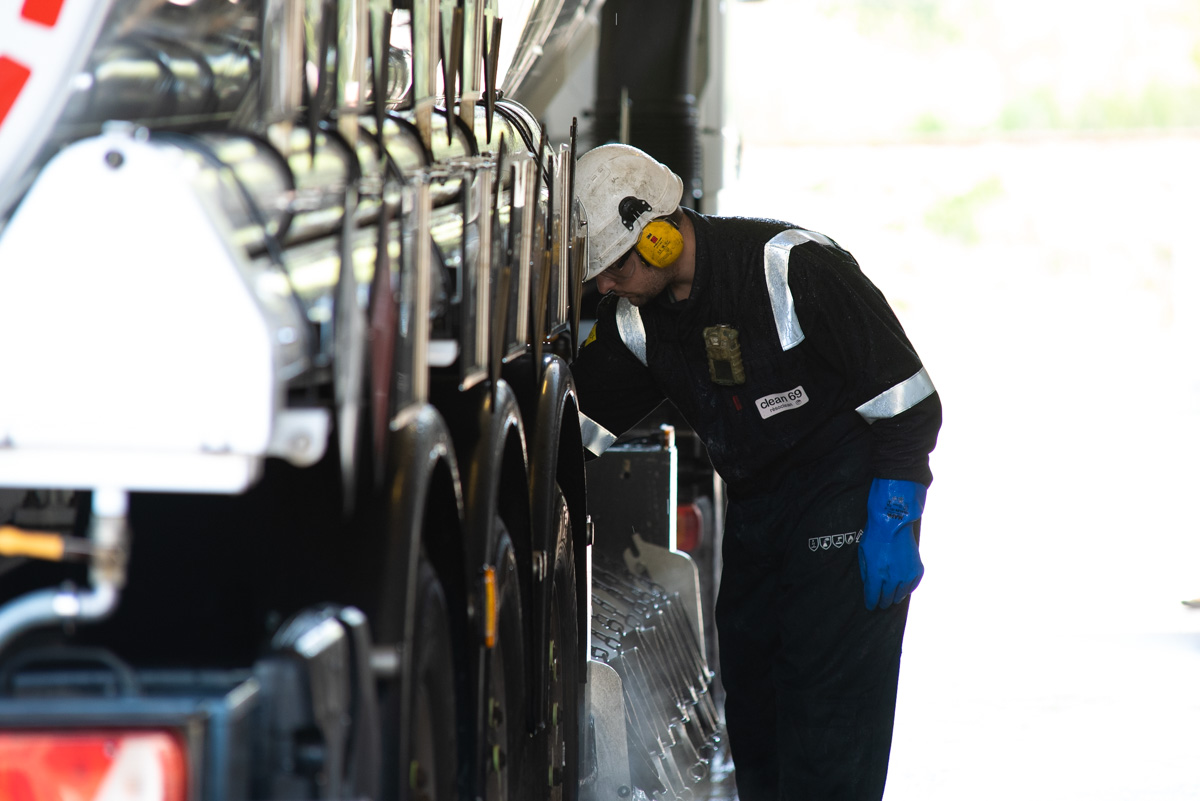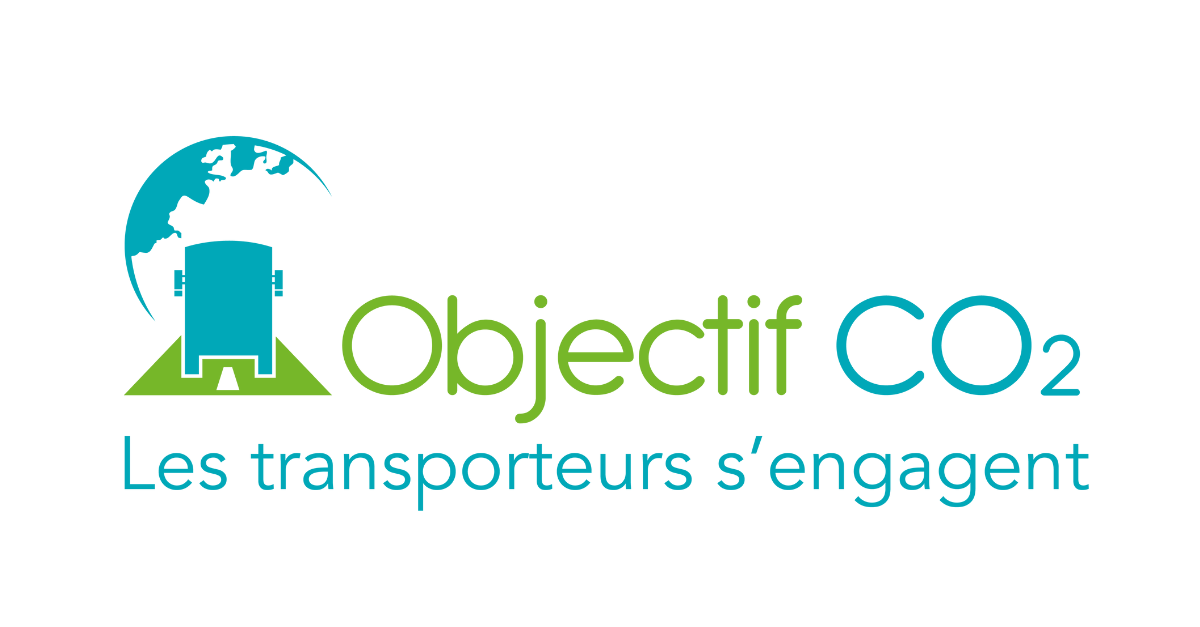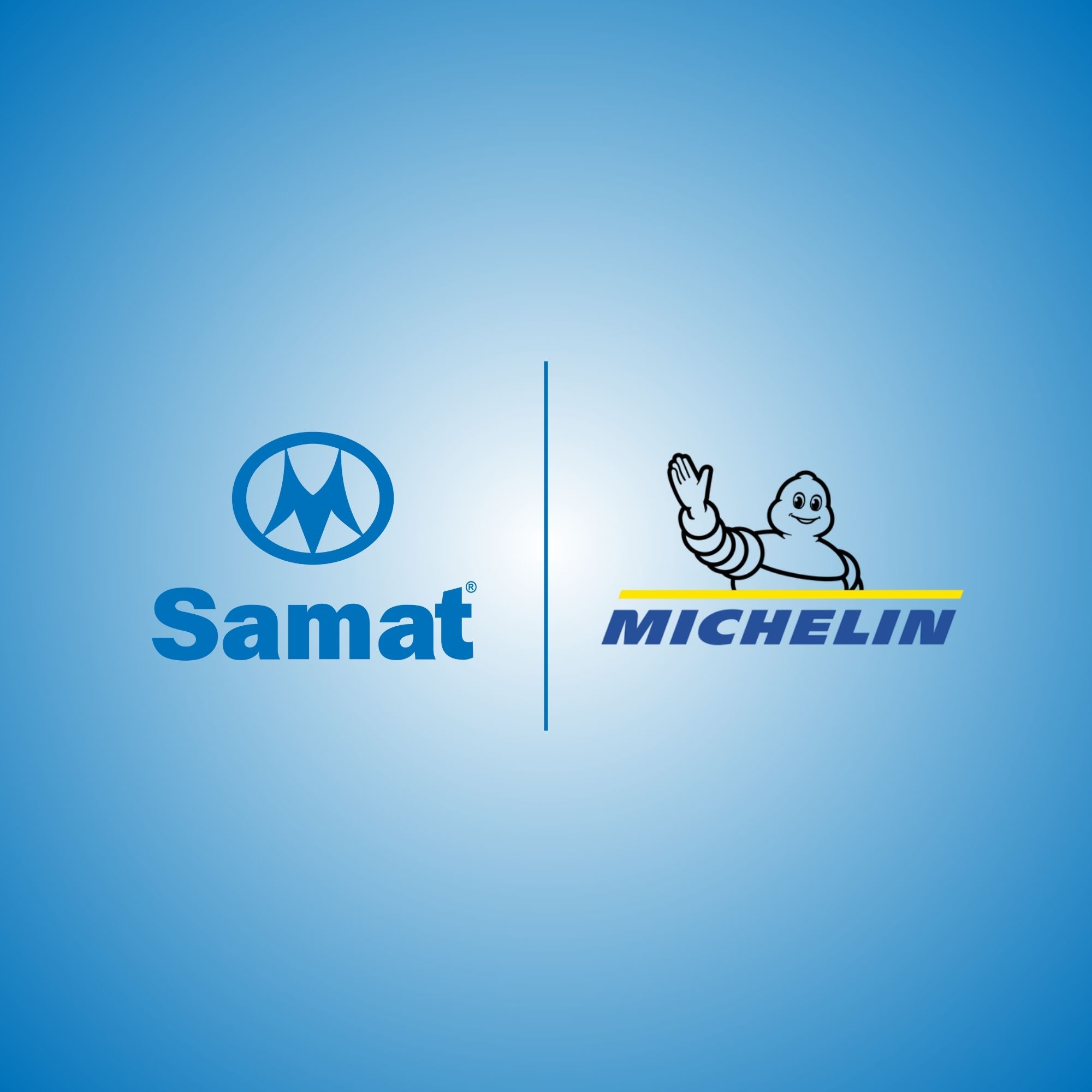Safety at Samat? Our main concern

Transporting sensitive products in the best safety conditions is the commitment we have made. At Samat, risk control is not just an option, it is part of our core business. Our clients trust us because of our know-how. Therefore, at the heart of our HSE policy, safety has always been a major stake.
Samat procedures guarantee the safety of every operation
Working in a sensitive environment means complying with many procedures, standards and rules. Every Samat employee has specific training for their job. Passing on our good practices plays a major role in our business. That is why 7% of our payroll is spent on training and safety-related tasks.
We carry on raising our employees’ awareness well after they are hired. In addition to the regulatory ADR training, our employees regularly undergo specific training covering certain products or client processes for example. We also organise “shock” information campaigns to cover many topics such as drug or alcohol consumption, but also tiredness or fainting at the wheel.
Samat anticipates risks: our proactive approach
At Samat we do not stop at just following a protocol or planning our response to emergency situations. We also have a proactive approach to identify risks and eliminate them before a potential accident.
Beyond our strict processes or equipment technology, human factors must be considered from a safety point of view. Our safety monitors who are present on every site and are BBS qualified, monitor our drivers in particular. These drivers are regularly subjected to audits and random checks to identify risk-generating behaviour as early on as possible.
How can sensitive product related transport hazards be better controlled?
Risk is inherent to our business. As sensitive product transporters, we make safety our top success criterion. That is why we have a duty to prevent all eventualities and anticipate all vulnerabilities in our processes.
We do not minimise incidents that we were able to control in time. Analysing these “near misses” provides us with very valuable lessons. We study them carefully to identify the weak spots and prevent any risk of a similar situation reoccurring.
Controlling the risks related to our business means being prepared for possible accidents. Our objective? That the HSE impact is as small as possible, even in the event of a proven problem. To achieve that, we must know how to respond rapidly and effectively using our specialised teams. We have many sites all over Europe on which trained staff can act 24*7.





